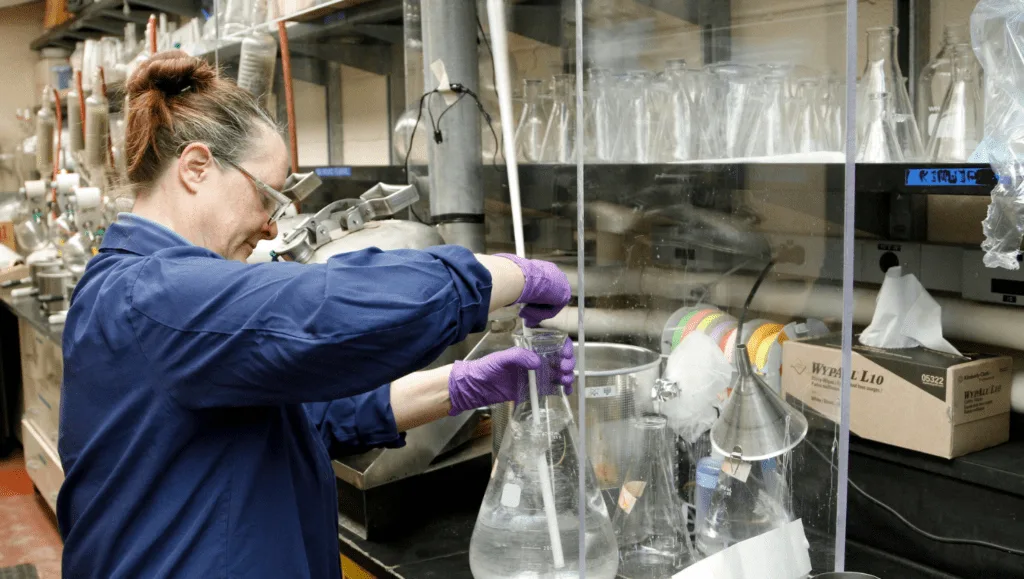Orbital shakers are indispensable tools in modern laboratories, playing a critical role in mixing, agitating, and culturing samples across fields like microbiology, molecular biology, and chemistry. Whether you’re working in a research facility, pharmaceutical lab, or food testing environment, choosing the right orbital shaker can significantly impact your results. This guide will walk you through the key specifications, accessories, and applications of orbital shakers, helping you make an informed decision tailored to your lab’s needs.
As a trusted supplier of laboratory equipment in South Africa, Apex Scientific offers a wide range of orbital shakers from leading brands like Wiggens and Being International. Let’s dive into the details to help you find the perfect match for your lab.
Key Specifications to Consider When Choosing an Orbital Shaker:
Speed and Orbital Diameter
- Speed (RPM): The revolutions per minute (RPM) determine the intensity of mixing. For example, low-speed shakers (50–200 RPM) are ideal for gentle tasks like cell culturing, while high-speed models (200–500 RPM) excel at dissolving solids or mixing chemicals.
- Orbital Diameter: This refers to the circular motion of the platform. A smaller diameter (3–10 mm) is perfect for delicate biological samples, whereas a larger diameter (15–50 mm) enhances aeration, making it ideal for microbial cultures.
Load Capacity and Platform Size
Orbital shakers come in various sizes to accommodate different sample volumes. Always check the total weight capacity to ensure the shaker can handle your desired load without compromising performance.
Temperature and Humidity Control
While standard orbital shakers operate at ambient temperature, some models offer incubated or refrigerated options for temperature-sensitive applications like cell culture or enzyme reactions. If precise temperature control is crucial, consider an incubated orbital shaker.
Digital vs. Analog Control
- Digital Models: These provide precise speed and time settings, often with programmable functions for automation.
- Analog Models: Simple and cost-effective, these are suitable for general mixing tasks.
Understanding Orbital Shaker Attachments and Accessories
Choosing the right attachments is essential for maximizing the functionality of your orbital shaker. Here are some popular options:
Universal Attachment (Roller Bar Option)
This versatile attachment features adjustable roller bars, making it compatible with various labware, including bottles, beakers, and irregularly shaped containers. It’s perfect for labs that handle multiple vessel types.
Flask Clamps
Designed to securely hold Erlenmeyer flasks, these clamps are available in sizes ranging from 50 mL to 5000 mL. They’re ideal for microbial culture, fermentation, and aeration-intensive applications.
Test Tube Clamps
These clamps hold multiple test tubes in place, often as racks mounted onto the shaker platform. They’re particularly useful in clinical, research, or pharmaceutical settings.
Sticky Mat Options
A non-slip sticky mat provides a quick and flexible alternative to clamps, allowing you to securely place containers without additional hardware.
Applications of Orbital Shakers
Cell Culture and Bacterial Growth
Orbital shakers are widely used in biological research for cell suspensions and microbial culture. Models with incubation and humidity control are preferred for maintaining optimal growth conditions.
Solubility Studies and Sample Mixing
High-speed orbital shakers are excellent for dissolving solids in solvents, buffer preparation, and reagent mixing.
Pharmaceutical and Biotech Applications
In the pharmaceutical and biotech industries, orbital shakers are used for drug formulation, suspension studies, and protein expression experiments.
Food and Beverage Testing
Orbital shakers assist in sample homogenization, ensuring quality control in food science.
Selecting the Right Orbital Shaker for Your Needs
When choosing an orbital shaker, consider the following:
- Application Requirements: Are you culturing cells, mixing chemicals, or dissolving solids?
- Speed and Orbital Diameter: Does your application require gentle or vigorous shaking?
- Load Capacity and Attachments: Do you need universal attachments, clamps, or a sticky mat?
- Temperature Control: Is incubation or refrigeration necessary?
Conclusion
Orbital shakers are versatile, high-performance tools that can significantly enhance efficiency and precision in your laboratory. By understanding the key features, accessories, and applications, you can select the right orbital shaker to meet your specific needs.
For top-quality orbital shakers in South Africa, explore the range from Wiggens and Being International, available through Apex Scientific. Visit our product pages to learn more or contact us for expert assistance.




